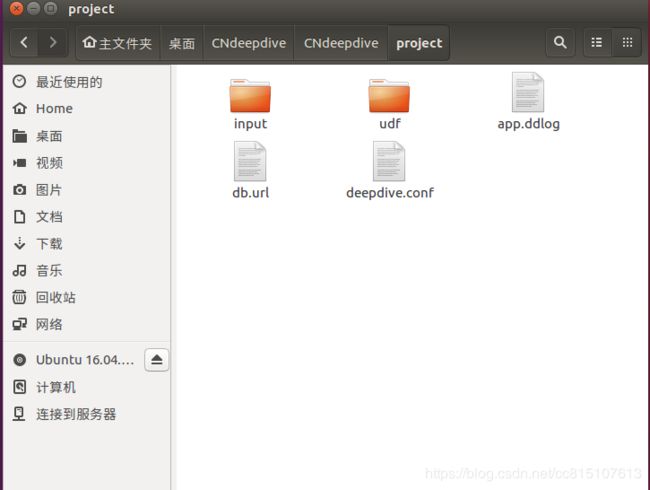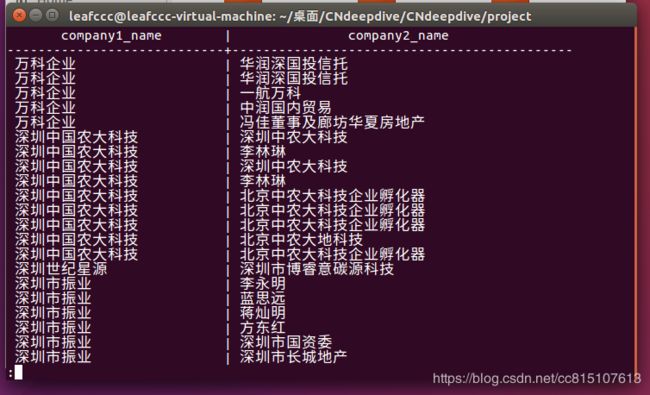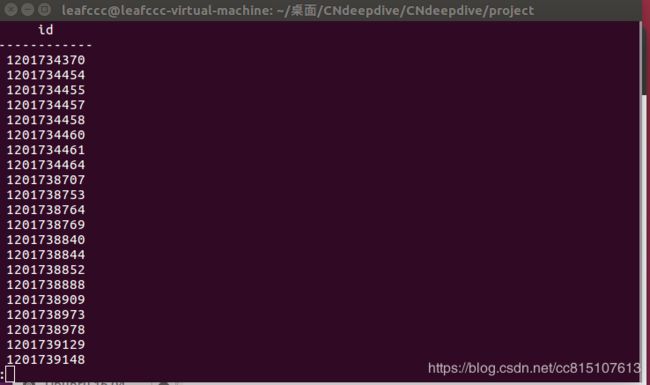deepdive的股权关系抽取实践
1、搭建项目框架并与数据库关联
运行命令:
psql postgres
CREATE DATABASE first OWNER leafccc;
echo “postgresql://leafccc@localhost:5432/first” >db.url
2、导入先验数据与文章
导入先验数据,在app.ddlog下编辑:
@source
transaction_dbdata(
@key
company1_name text,
@key
company2_name text
).
接着执行导入到postgres的命令:
(注意 1、每次更改app.ddlog都需要deepdive compile 2、执行完后输入:wq保存)
deepdive compile && deepdive do transaction_dbdata
查询一下:
deepdive query '?- transaction_dbdata(company1_name, company2_name).'
待抽取文章导入,将待抽取的文章articles_market.csv导入到postgres:
(注意 文件改下名字 或者自己将代码里文章文件名修改下,并且把文章中字句删除到只剩几十行)
@source
articles_market(
id text,
content text
).
再运行:
deepdive compile && deepdive do articles_market
查询一下:
deepdive query '?- articles_market(id, _).'
3、nlp模型进行文本处理
将以下输入app.ddlog文件中:
sentences(
doc_id text,
sentence_index int,
sentence_text text,
tokens text[],
lemmas text[],
pos_tags text[],
ner_tags text[],
doc_offsets int[],
dep_types text[],
dep_tokens int[]
).
function nlp_markup over(
doc_id text,
content text
) returns rows like sentences
implementation "udf/nlp_markup.sh" handles tsv lines.
sentences+=nlp_markup(doc_id, content):-
articles_market(doc_id, content).
复制transaction/udf/的目录下的bazzar文件夹以及nlp_markup.sh文件到你自己项目的udf/中。这个模块需要重新编译。进入 bazzar/parser目录下,执行编译命令:
sbt/sbt stage
最后执行
deepdive compile && deepdive do sentences
执行成功之后,可以查看:
deepdive query '
doc_id, index, tokens, ner_tags
?- sentences(doc_id, index, text, tokens, lemmas, pos_tags, ner_tags, _, _, _).'


